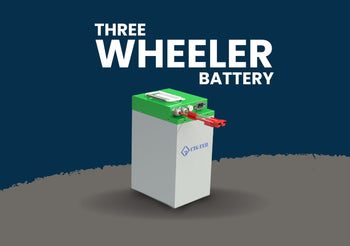More than just converting to electric vehicles will be necessary to achieve carbon neutrality or zero emissions. The industry's efforts are examined in this regard.
The world is steadily moving towards decarbonizing transportation. Consumers are enthusiastic about this shift, and regions like California, Canada, the EU, and California are working towards achieving this goal by 2030. General Motors recently unveiled the newest electric Hummer, which quickly sold out after its announcement, as reported by Motor Trend.
However, will the increasing weight of electric vehicles hinder this progress, despite the optimism for the future of sustainable transportation?
Researchers have repeatedly shown that electric cars (EVs) are more environmentally friendly than gas-powered vehicles due to the carbon they don't produce. A collaboration between The Wall Street Journal and academics at the University of Toronto in 2021 compared the emissions of EVs and gasoline-powered vehicles. They found that by 2050, gasoline vehicles in America would have contributed to approximately 50 gigatons of greenhouse gas emissions if they are not replaced by more EVs.
Nevertheless, the study also found that the Tesla Model 3 (their research vehicle) had higher emissions (64%) during its production due to the metals needed for its lithium-ion battery (which is not present in a comparable but cheaper battery).
Additionally, heavier vehicles not only produce more pollution but also pose a greater risk to other road users in the event of a collision. For example, the GMC Hummer EV weighs almost 9,000 pounds, which is three times as much as a Honda Civic.
As CNN Business journalist Peter Valdes-Dapena noted in his 2021 story, this is a matter of basic physics. When two moving objects collide, the heavier one will typically continue moving in the same general direction.
While EV SUVs and trucks perform better in terms of carbon emissions and have a longer driving range, they are riskier to drive beside on the road.
Solutions for better managing the "weight problem" of EVs have been proposed, such as taxing heavier vehicles to incentivize drivers to choose lighter alternatives. It's also suggested to test smaller batteries with lower energy densities and reduce weight by using more silicone in anodes to replace heavier components. This could allow lighter batteries to support lighter frames.
However, it's important to note that the price of EVs could continue to increase with improved technology. A thorough investigation will be required to find a solution, but companies like Tesla, Volvo, and GM are improving their methods to overcome each challenge. This includes leveraging battery packing to support the chassis of the car, which could eventually lead to the vehicle frame serving as the energy storage device.



















1 comment
Insightful analysis highlighting the environmental advantages of EVs, emphasizing the importance of sustainable practices beyond vehicle conversion.